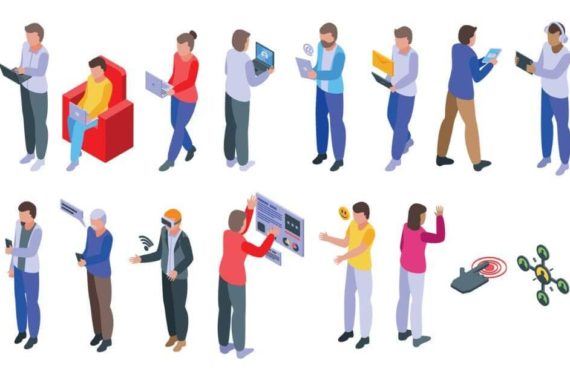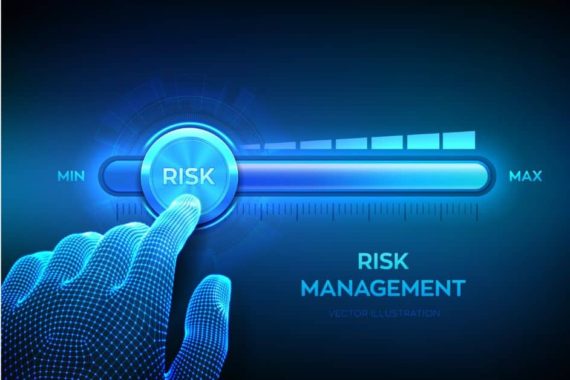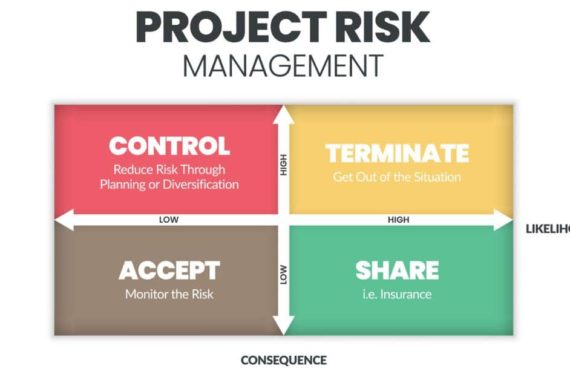
Introduction
Understanding your stakeholders is crucial to the success of any project. Stakeholders are the people and organizations that are directly or indirectly involved in something you create, so it’s important that you take the time to understand their priorities, needs, and expectations. Here’s how…
The Essential Guide to Project Stakeholder Management is a must-read for anyone who wants to improve their skills in stakeholder management. In this section, we’ll look at what project stakeholder management entails and why it’s so important. We’ll also examine the different types of stakeholders involved in your projects, as well as some tips for dealing with difficult ones.
Once you’ve got an understanding of the basics, it’s time to start prioritizing tasks and key deliverables based on their importance—a process called resource allocation or resource scheduling. In this section, we’ll explore how you can use planning techniques like Gantt charts and PERT diagrams to organize your project schedule according to these criteria.
Project stakeholder management is an often-overlooked part of the project management process. Failure to understand and properly engage with stakeholders is one of the primary reasons for project failure, according to the Project Management Institute (PMI).
Project stakeholders are individuals or groups who are directly or indirectly involved in your project. They play an integral role in the success of your project, so it’s crucial that you understand who they are and how to engage with them.
Project managers should strive to understand their project stakeholders’ needs and expectations, as well as how those needs can be best satisfied through successful project completion.
Stakeholders must be identified and engaged early on in the process; failing to do so could have significant consequences for your final outcome.
1. A Working Definition of Project Stakeholders
Stakeholders are the people and organizations that are affected by, interested in, or impacted by a project.
Stakeholder definitions vary from one organization to another but there are six general categories of stakeholders that impact every project:
- Project Sponsor: The person who approves funding for the project and provides strategic leadership for its success.
- Project Manager: The person who directs work on the project and ensures that it meets goals and objectives.
- Human Resources Manager: The person who oversees employee participation in projects, including hiring temporary staff as needed.
- Budget Officer: The person responsible for managing financial resources within an organization; establishes budget targets; monitors actual costs against those targets; reports results to management at regular intervals (usually monthly).
- Finance Administrator: A staff member within an organization’s finance department who collects incoming payments from customers/clients/vendors etc., processes invoices or bills sent out by suppliers/vendors, etc., pays employees’ salaries/pensions, etc., maintains accounting records such as bank accounts which include debits & credits made during each month so they can balance out at year-end (December 31st) when all transactions related to sales revenue collection have been processed accurately then posted into your system ready for use again next year (January 1st).
2. Understanding the Importance of Engaging Stakeholders in Projects
In order to successfully complete your project, you need to engage your stakeholders. Stakeholders are people or organizations that have a vested interest in the outcome of a project. They may be directly involved with the delivery of the project, or they may be indirectly affected by it. The stakeholder engagement process is all about identifying these individuals, understanding their needs and expectations, and communicating with them throughout every stage of your project.
For example, if you’re managing an IT-related initiative for one company with multiple offices around the world (one in France and one in Germany), then both offices would be considered stakeholders because they have an interest in seeing your Stakeholder Management succeed; however, only one office will actually participate as part of your team while the other office will receive updates from time-to-time via email.
Stakeholder management isn’t something that just happens on its own – it’s an important part of good business practice! If done correctly it can help increase efficiency & productivity within organizations as well as improve communication between different groups within companies/organizations which ultimately leads towards better outcomes being achieved overall.”
Stakeholders form an integral part of your team, so their input is extremely valuable. Including them at every stage ensures that they stay engaged and invested in the process – which makes your life easier when decision time comes around.
If you’ve managed to keep them engaged and get their buy-in, you’ll have saved yourself from going through weeks of meetings to try and get everyone on board with a particular decision or direction. Instead, stakeholders will be able to provide valuable insights into what’s working for other projects within their organization (or outside it), helping guide decisions as well as making sure no one gets left behind from the conversation.
3. What Should a Project Manager Know When Engaging With Stakeholders?
- What Should a Project Manager Know When Engaging With Stakeholders?
Stakeholder management is the process of understanding the perspectives of your stakeholders and engaging with them in an effective and productive way. This means that you need to understand:
- how they think about projects;
- how they relate to projects; and
- what their expectations are around project progress, status updates, etc.
Effective collaboration requires good communication skills and an understanding of how different stakeholders think about projects. Here are four things you should know about engaging with project stakeholders as a PM:
- Understand the needs of different stakeholders. In order to facilitate effective collaboration, you need to know what each of your stakeholders values in a project and how they can contribute to its success.
- Understand how different stakeholders think about projects. Some people will be more interested in results than processes; others will care most about the end product, while still others are more interested in how decisions were made along the way (and why).
- Know how different stakeholders communicate with each other and respond best when communicating with them directly or indirectly through channels like email or video calls. Some people prefer email while others would rather speak directly—so if possible try both before making your choice!
- Understand how different stakeholders prioritize tasks and key deliverables so that their efforts align with yours (and vice versa). For example: If one stakeholder has “Finish report for project review” as his top priority but another has “Recruit new team members” above all else then something will have to give because both tasks cannot be completed at once without compromising quality on either front… which leads me into my next point…
4. How Do You Deal With Different Types of Stakeholders?
The first step in identifying stakeholders is to understand the different types of stakeholders. There are three types of stakeholders:
- Stakeholders who want your project to succeed, but are not directly involved with it (e.g., clients and end users).
- Stakeholders who want your project to succeed, but are involved with it (e.g., team members).
- Stakeholders that don’t care whether your project succeeds or fails, but might be impacted by its outcome (e.g., customers of a product or service).
Conclusion
As a project manager, it’s important to know how to engage with stakeholders at different stages of the project. Keep in mind that every stakeholder has their own agenda – you must understand what they want from the project and how to get them on board. Even if your stakeholders are difficult or demanding, knowing how to manage those relationships can help save time and money while ensuring quality results.











